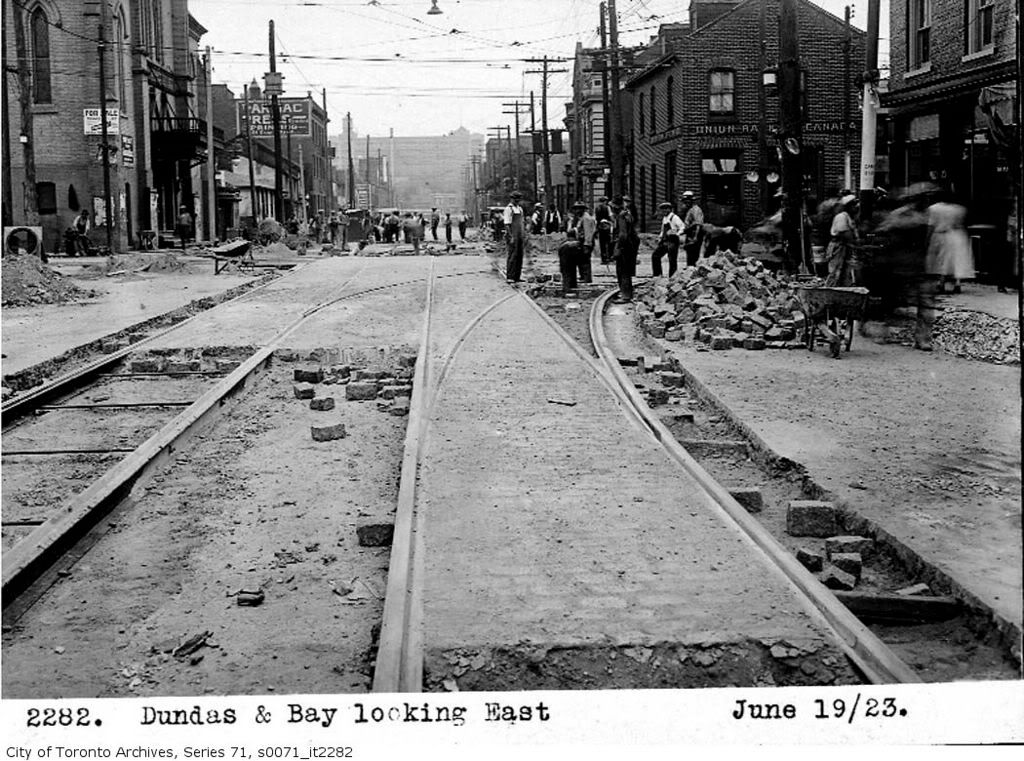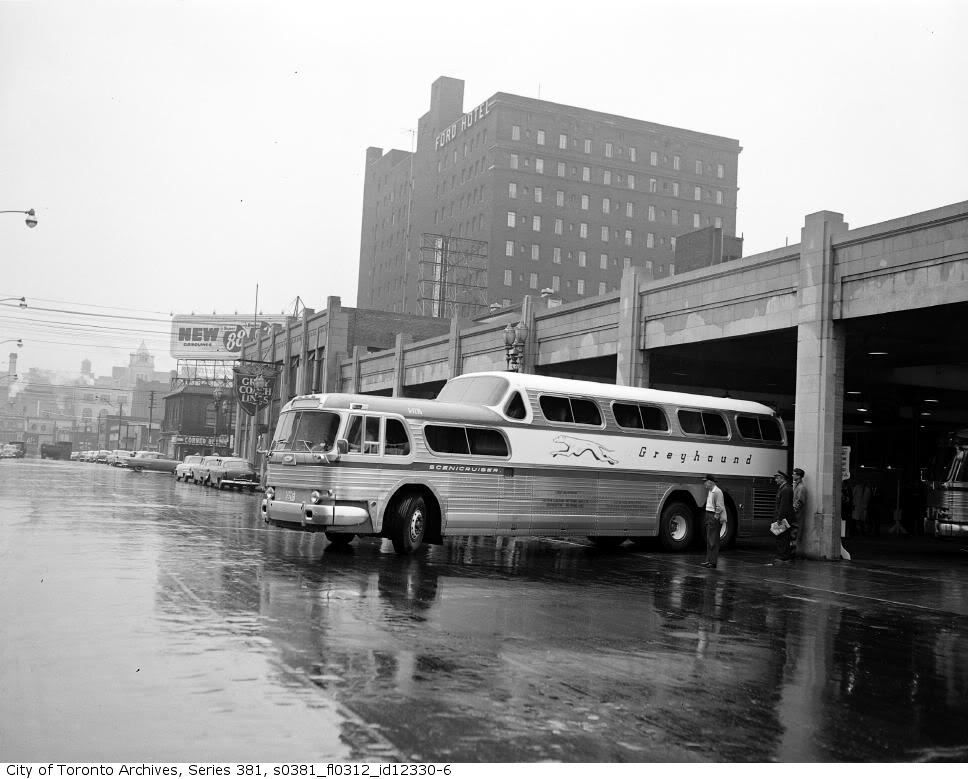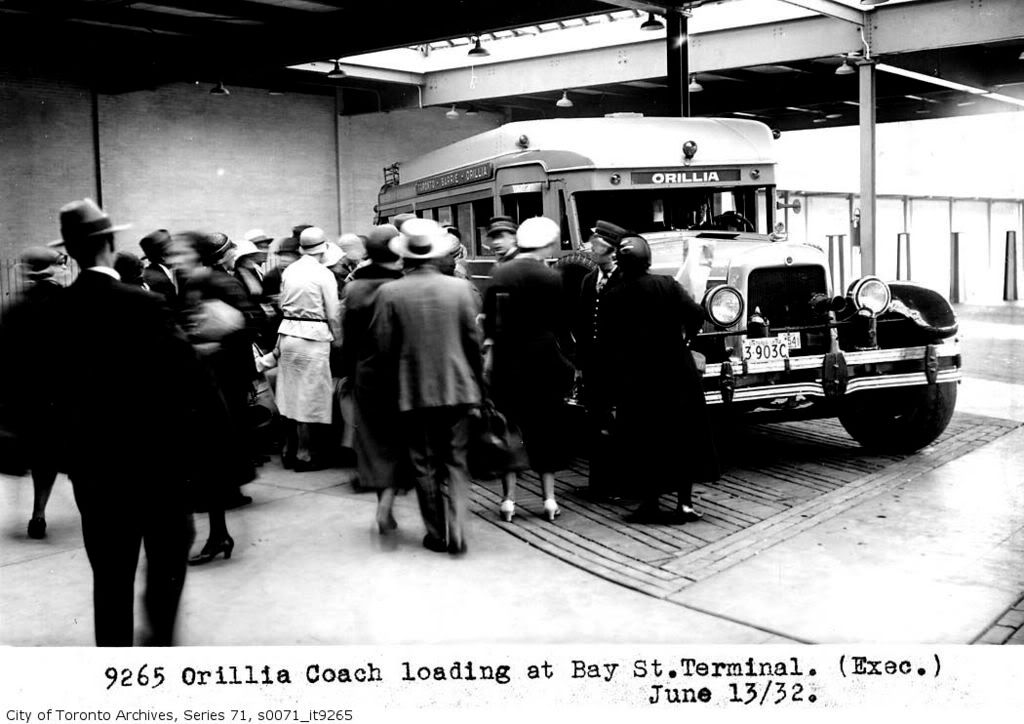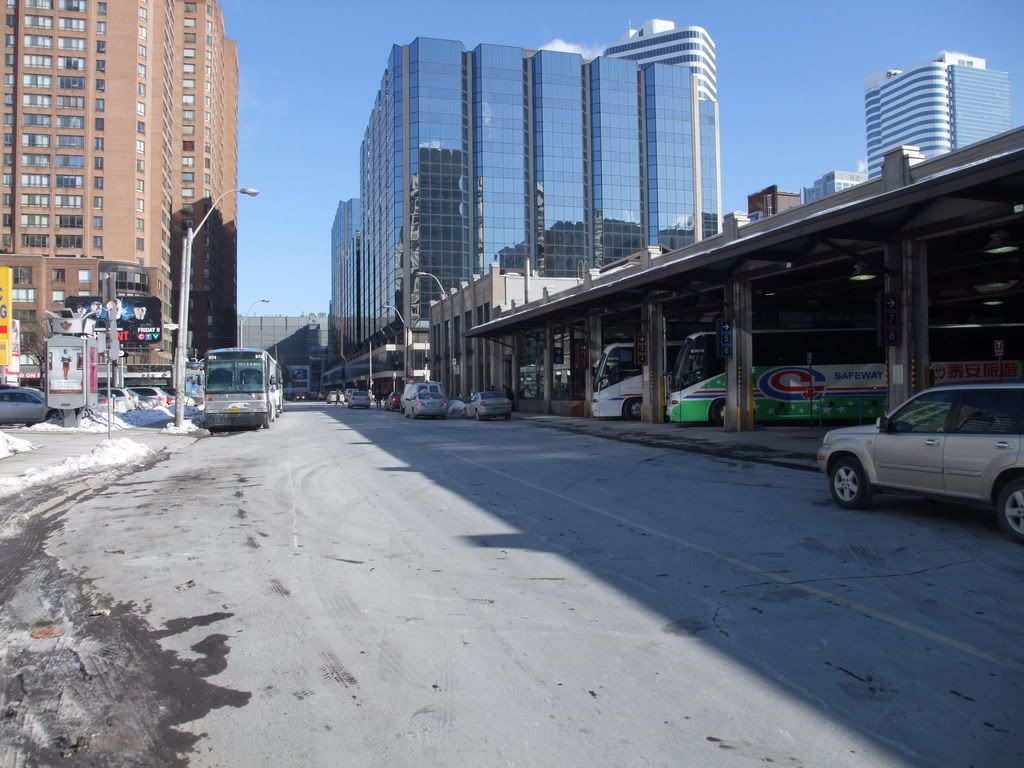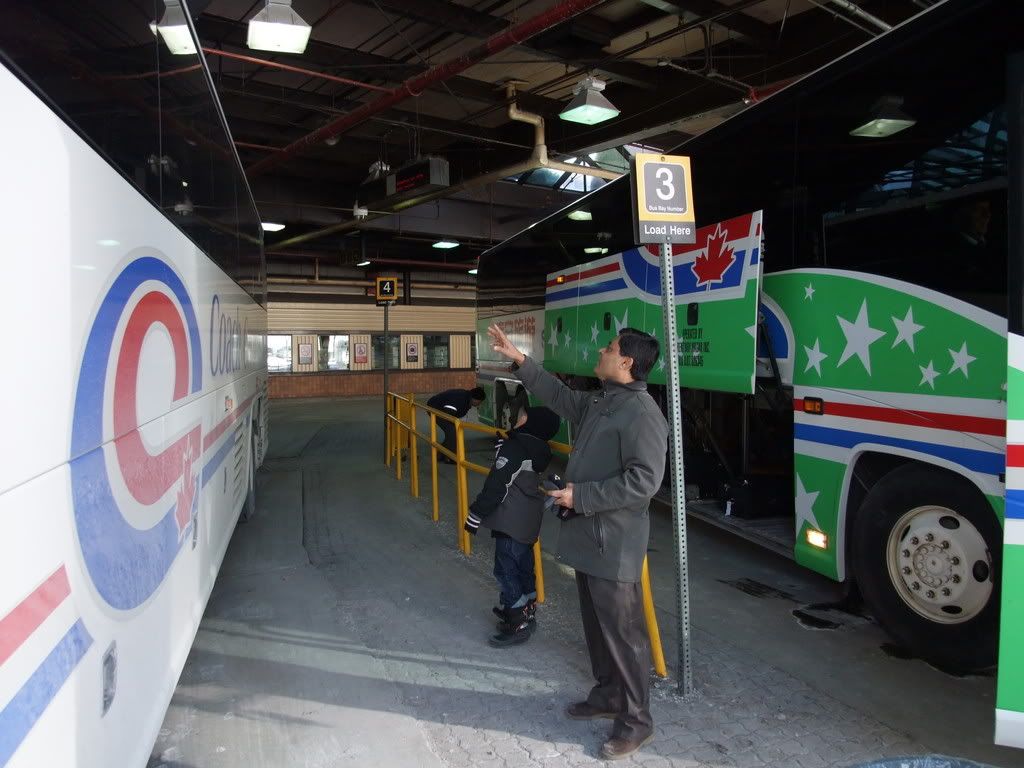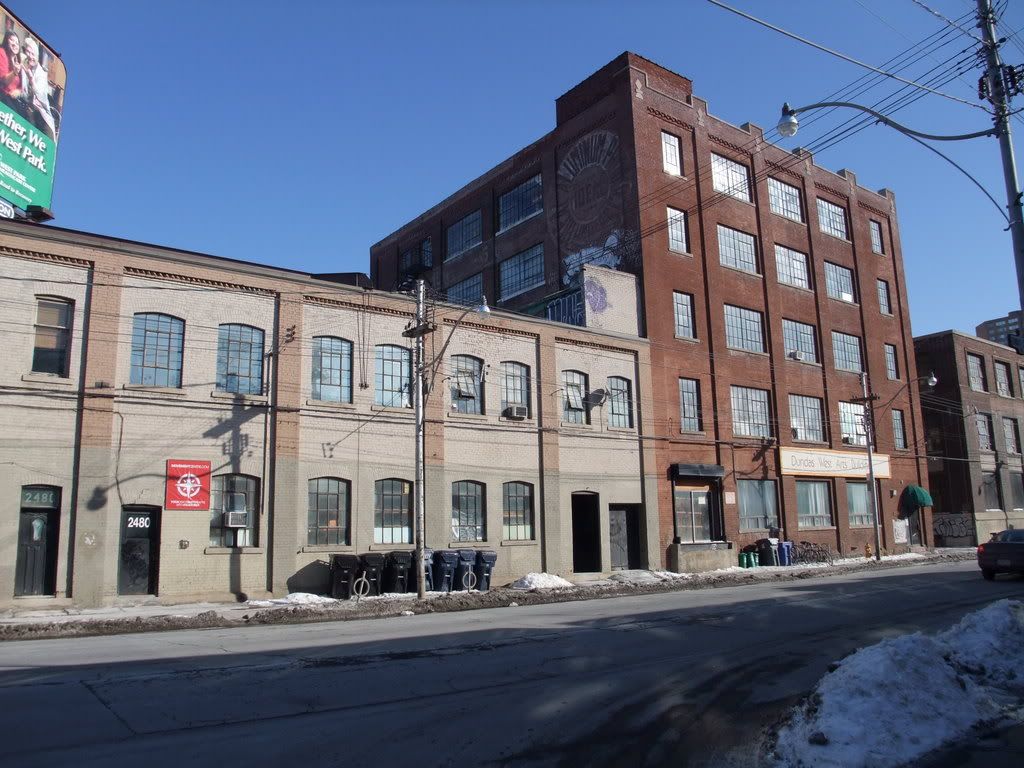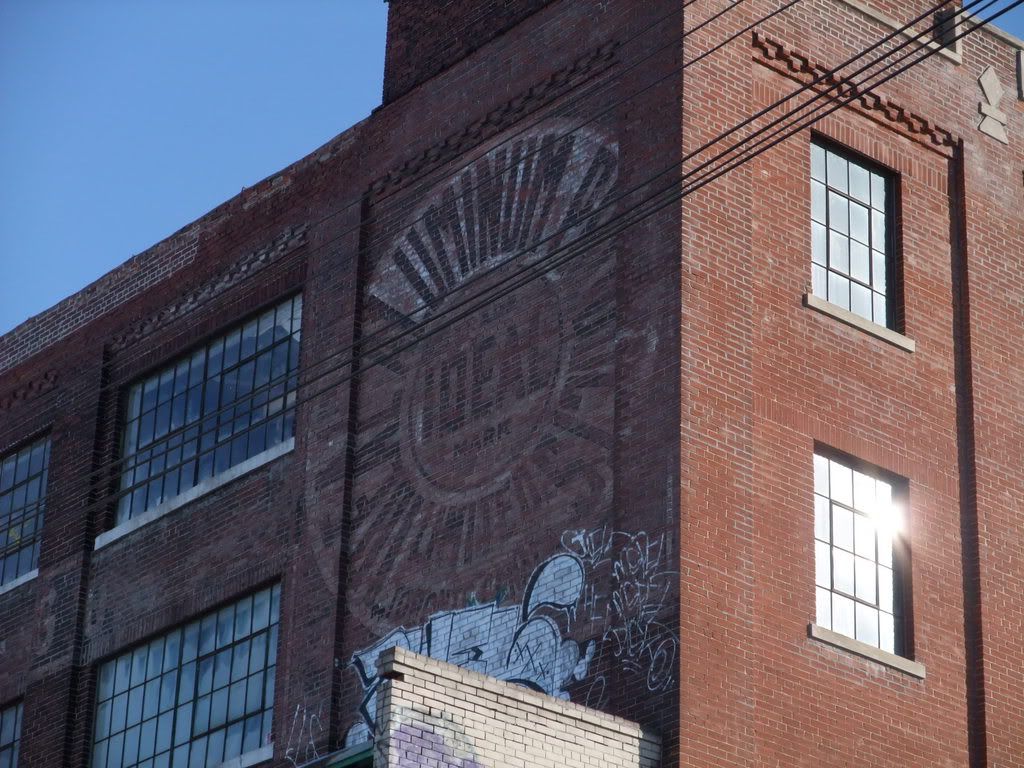egotrippin
Senior Member
Well, moving the hospital to a more modern building and central location wasn't stupid, but destroying the building was. The TGH building would've added something of interest to a pretty bleak stretch nowadays.
Well, moving the hospital to a more modern building and central location wasn't stupid, but destroying the building was. The TGH building would've added something of interest to a pretty bleak stretch nowadays.
Yeah, that what I really meant. This must be like the only instance when a multi-story building was demolished for a couple of detached homes.
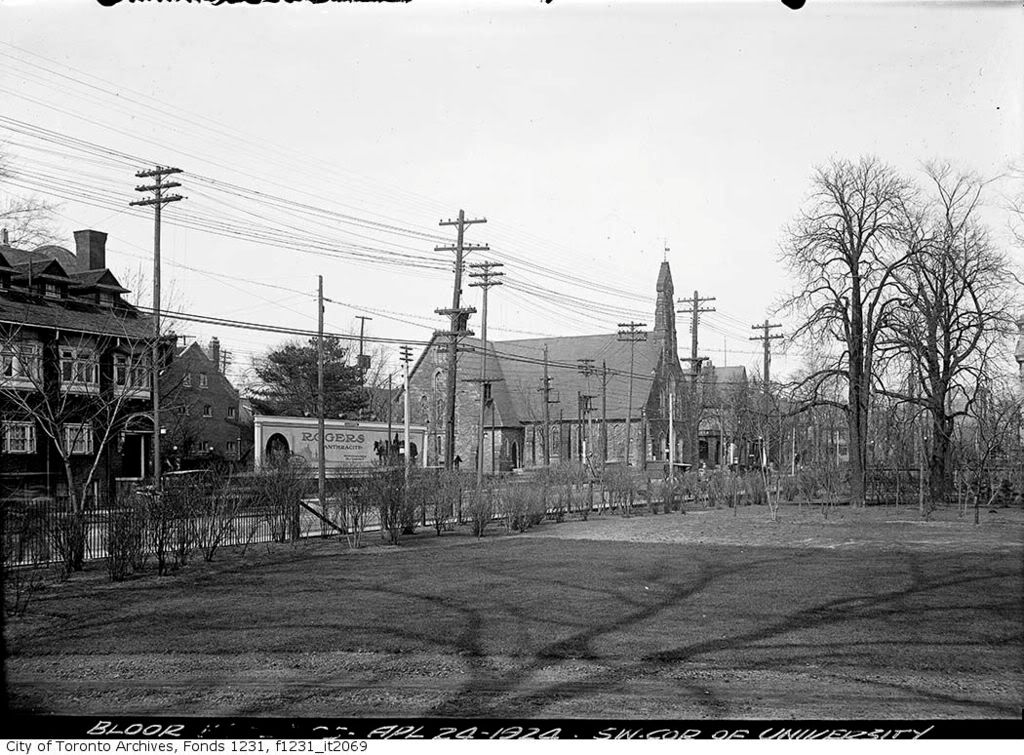
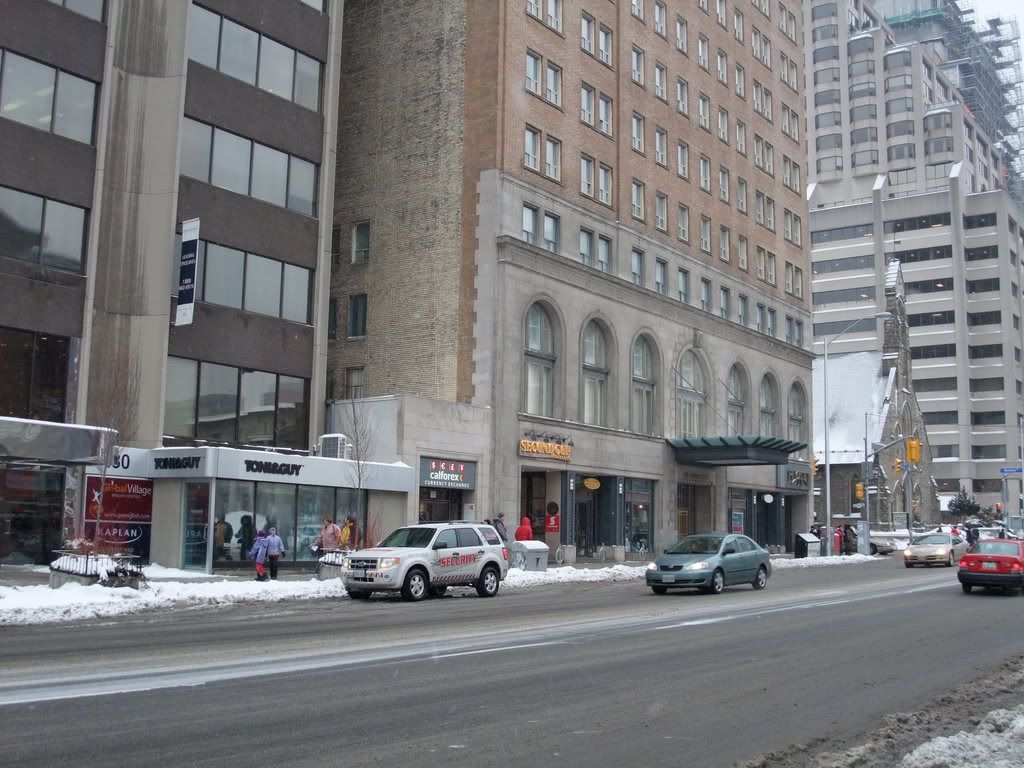
And...honestly. Stop projecting today's values upon nine-decades-ago reality. Back then, this would not have been regarded as "heritage" or a "must-keep"--in fact, and especially once its function decamped to University Avenue, the former TGH would have been viewed as more of an internalized urban dead zone than what replaced it on-site...
Why shouldn't we be allowed to pass judgment on decades-old "urban renewal"? We're the ones who have to live with the consequences.
If our forebearers lacked the imagination to preserve or readapt a beautifully designed and constructed building, then why not call them on it? We can see with our own eyes what they replaced it with -- a subdivision that was destined to age poorly.


So Jordan Street ran north of King at one point?
